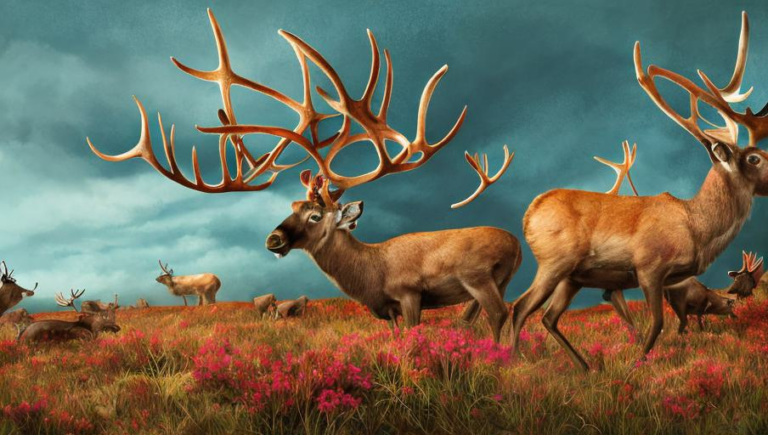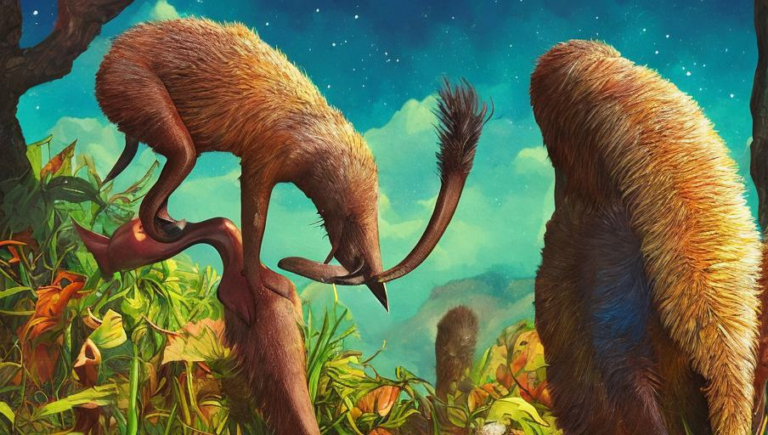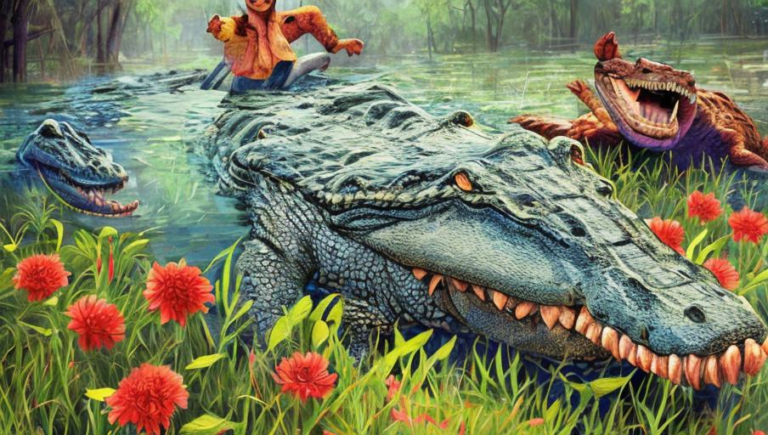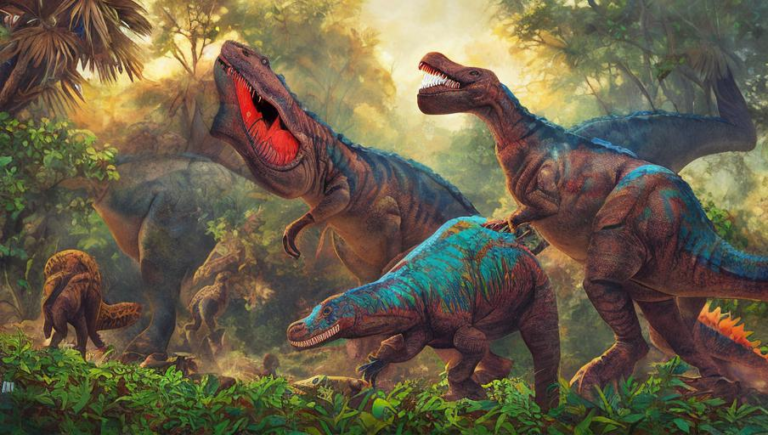Revealing the Life Cycle of Butterflies
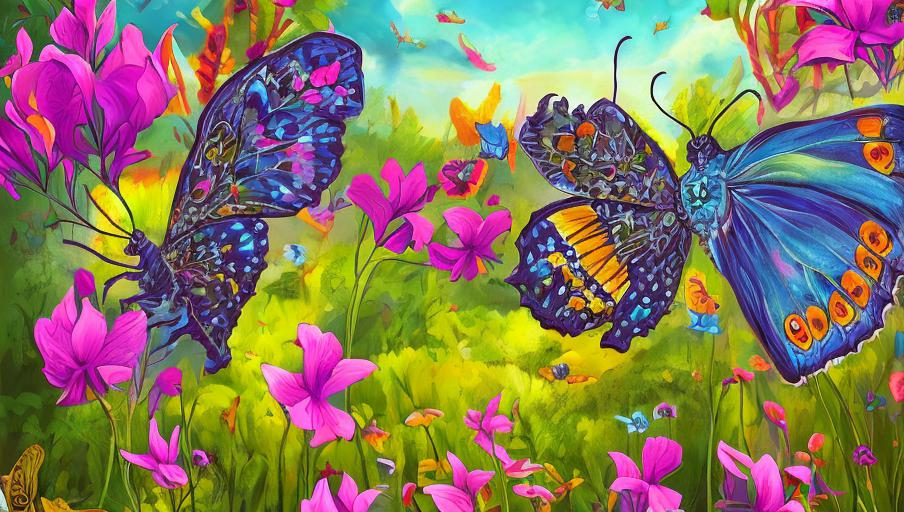
The Fascinating Life Cycle of Butterflies
Butterflies are among the most beautiful and diverse of all creatures, and the life cycle of these amazing creatures is truly fascinating. From their humble beginnings as an egg, to their transformation into a caterpillar, to the majestic butterflies that grace us with their presence, the life cycle of a butterfly is truly one of nature’s greatest miracles.
The Egg
The life cycle of a butterfly begins with the egg. Female butterflies lay their eggs on plants and leaves, and each species has its own preferences for where they lay their eggs. The eggs are tiny and often difficult to spot. After being laid, the eggs hatch in a matter of days.
The Caterpillar
After hatching, the butterfly enters its caterpillar stage. During this stage, the caterpillar eats voraciously in order to grow. As it grows, it sheds its skin several times, allowing for its transformation from a tiny caterpillar to a much larger one. During this stage, the caterpillar’s body undergoes dramatic changes, and it eventually enters the pupa stage.
The Pupa
The pupa is the stage of the butterfly’s life cycle in which it undergoes its transformation from a caterpillar to a butterfly. During this stage, the caterpillar’s body is encased in a hard shell. Here, the caterpillar undergoes a series of changes, including the development of wings and the transformation of its body into that of an adult butterfly.
The Adult Butterfly
When the adult butterfly emerges from the pupa, it is ready to spread its wings and take flight. Adult butterflies have a much longer lifespan than caterpillars, and they spend their time searching for food, mating, and laying eggs. This completes the life cycle of the butterfly.
Conclusion
The life cycle of a butterfly is truly a remarkable thing to behold. From the tiny egg, to the caterpillar, to the pupa, and finally to the adult butterfly, each stage of the life cycle is unique and special. It is a testament to the beauty and complexity of nature, and it is something to be admired and protected.
